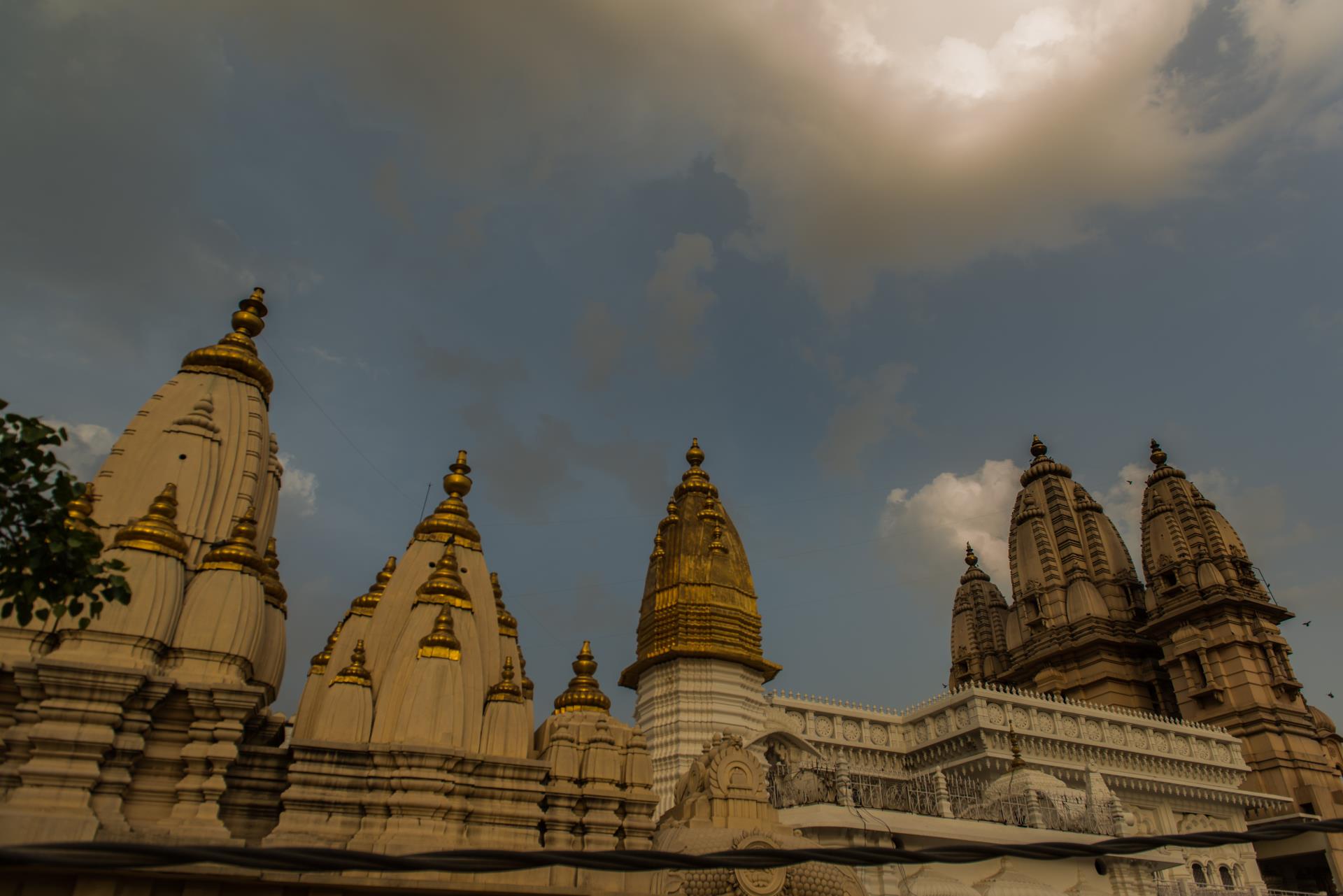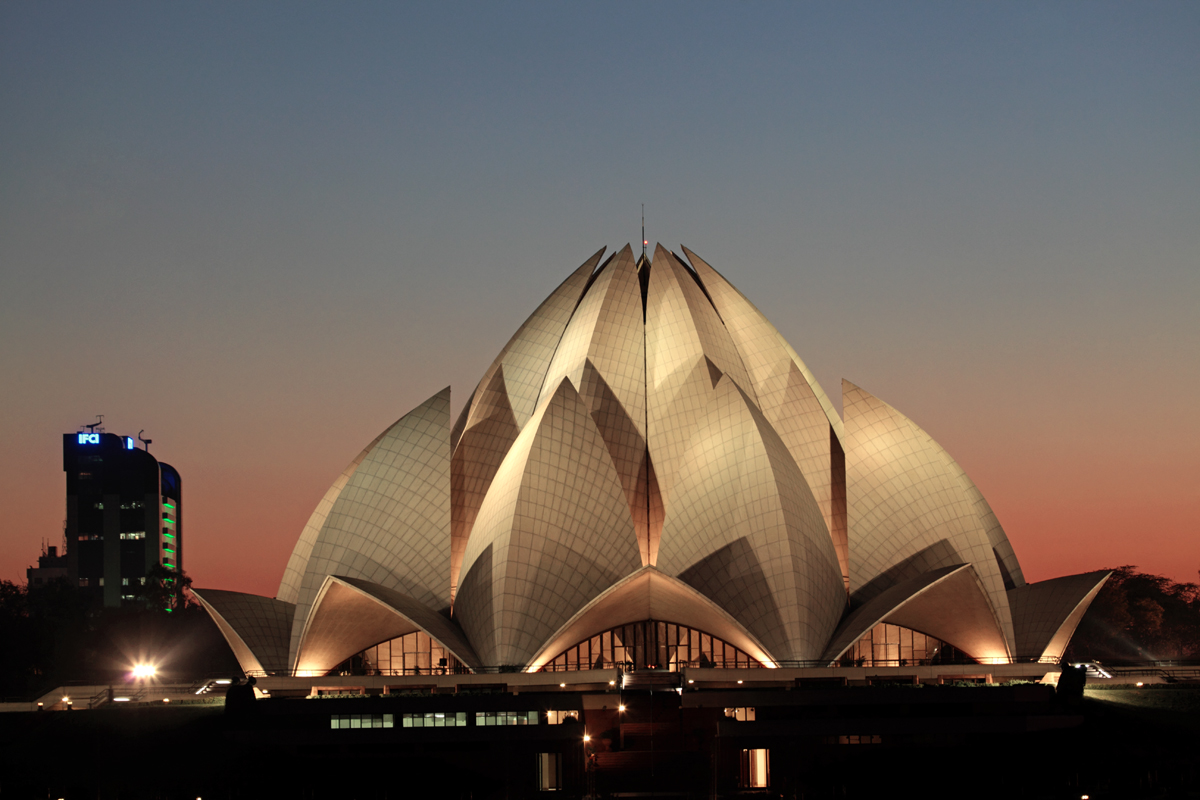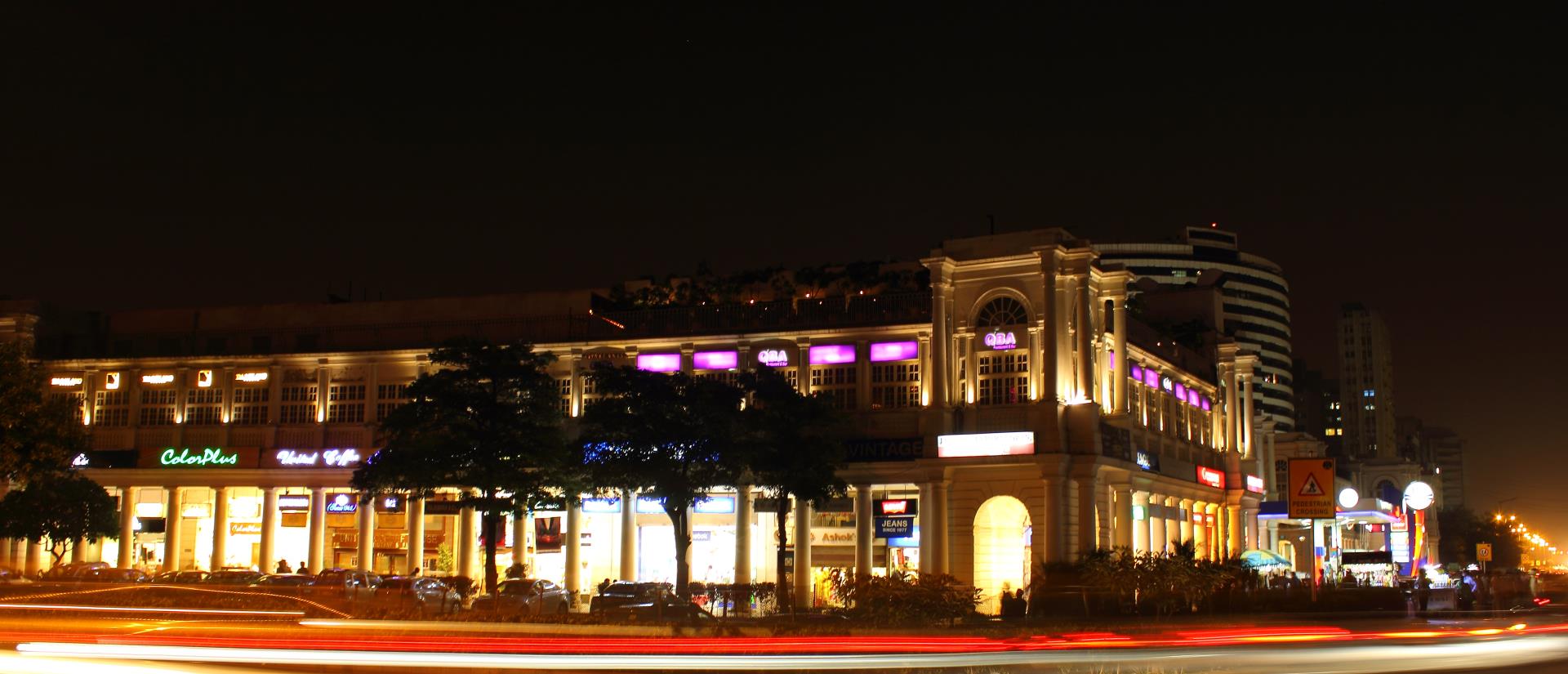Sorry, we couldn't find anything that matches your search.
Destination

Famous Places to Explore in Hyderabad
A vibrant city with the imposing...

Raipur Tourist Places | Best Place to Visit
The stronghold of several erstwhile...

Ahmedabad
Declared as India's first UNESCO World...
#
Lying at the heart of Delhi, the majestic Red Fort, made of fine red sandstone, stands as a testament to the architectural legacy of the Mughals. One of the most beautiful monuments in the world, this UNESCO World Heritage Site, famous as qila-e-mubaraq, is replete with palaces, pavilions and mosques.
Built by Mughal emperor Shah Jahan as the palace fort of his capital Shahjahanabad, Red Fort is famous for its massive enclosing walls. The architecture of the fort reflects a seamless fusion of Islamic, Persian, Timurid and Hindu styles. The major attractions are the Diwan-i-khas, also known as the Shah Mahal, the Diwan-i-aam or the Hall of Public Audience and the Rang Mahal (a part of the harem), also known as Imtiyaz Mahal. The other monuments here are the Naubat Khana (Drum House), where royal musicians played and announced the arrival of royal family members; the hammam (royal bath), and the Muthamman Burj, or Musaman Burj (a tower where the emperor would show himself to his subjects). Once the power of the Mughals weakend, the fort was plundered by the Persians, led by Nadir Shah, in 1739. The invaders took away much of the fort's treasures, including the opulent Peacock Throne, which Shah Jahan had crafted out of gold and gemstones (including the precious Kohinoor diamond).
Besides the monuments, a major draw for tourists today is Son et Lumiere, a sound and light show, which is held every evening. The enchanting one-hour long show traces the Mughal empire's history in India and offers a glimpse of their glorious past as well as the eventful phases that led to their downfall. The narration has been recorded by legendary actor Amitabh Bachchan, which makes the show absolutely engaging.
The entrance to the fort is through the Lahore Gate that leads to the shopping area called Chatta Chowk. The Chowk, an arched passageway which used to house royal tailors and merchants, is lined with stores selling ethnic handicrafts and apparels from different parts of the country. Not many know that the Red Fort also houses several military barracks, which were raised by the British. Made in red and white sandstone, the barracks stand as fine specimen of colonial architecture and one is instantly smitten by their old world charm. Dating back to 1857, the barracks were built to house the British army after it had dethroned Bahadur Shah Zafar, the last Mughal emperor. After the British reign ended, the barracks were used to house Indian Army personnel and it was only in 2003 that the Army vacated them. Today, some of these barracks have been turned into museums and art galleries, with the support of the Archaeological Survey of India (ASI).
The fact that the Indian Prime Minister hoists the National Flag from the ramparts of the Lahore Gate every year on Independence Day, makes the Red Fort among the most significant monuments of the country. Its innovative planning and brilliant architecture has inspired a number of monuments in Rajasthan, Delhi and Agra as well.
A visit to the historic fort offers a quintessential experience of the bygone era of Delhi.
The fort's construction was completed over a span of 10 years (1638-48). It once overlooked the Yamuna river, which has moved away over the course of time. Historians also suggest that a tree-lined waterway, which was called nahr-i-bihisht or river of paradise, ran out of the fort and its water was sourced from the Yamuna.Lying at the heart of Delhi, the majestic Red Fort, made of fine red sandstone, stands as a testament to the architectural legacy of Mughals. One of the most beautiful monuments in the world, this UNESCO World Heritage Site, famous as qila-e-mubaraq, is replete with beautiful mosques, palaces and pavilions.
Built by Mughal emperor Shah Jahan as the palace fort of his capital Shahjahanabad, Red Fort is famous for its massive enclosing walls. The architecture of the fort reflects a seamless fusion of Islamic, Persian, Timurid and Hindu styles. The major attractions are the diwan-i-khas, also known as the Shah Mahal, the diwan-i-aam or the Hall of Public Audience and the Rang Mahal, also known as the Imtiyaz Mahal. A major draw for tourists is Son et Lumiere, a sound and light show, which is held every evening. The enchanting one-hour long show traces the Mughal empire's history in India and offers a glimpse of their glorious past as well as the eventful phases that led to their downfall. The narration has been recorded by legendary actor Amitabh Bachchan, which makes the show absolutely engaging.
Tourists can also visit the shopping area called Chatta Chowk, which can be reached through the Lahore Gate, the main entrance gate of the fort. The market space is lined with stores selling ethnic handicrafts and apparels from different parts of the country. Not many know that the Red Fort also houses several military barracks, which were raised by the British. Made in red and white sandstone, the barracks stand as fine specimen of colonial architecture and one is instantly smitten by their old world charm. Dating back to 1857, the barracks were built to house the British army after it had dethroned Bahadur Shah Zafar, the last Mughal emperor. After the British reign ended, the barracks were used to house Indian Army personnel and it was only in 2003 that the army vacated them. Today, these barracks are being used as museums of art with the support of the Archaeological Survey of India (ASI).
The fact that the Indian Prime Minister hoists the National flag on the ramparts of the Lahore gate every year on Independence Day, makes the Red Fort among the most significant monuments of the country. Its innovative planning and brilliant architecture has inspired a number of monuments in Rajasthan, Delhi and Agra.
A visit to the historic fort makes for a quintessential Old Delhi experience and offers tourists a chance to appreciate the grandeur of the bygone era.
The fort's construction was completed over a span of ten years (1638-48). It once overlooked the Yamuna river, which has shrunken away over the course of time. Historians also suggest that a tree-lined waterway, which was called nahr-i-bihisht or river of paradise, ran out of the fort and its water was sourced from River Yamuna.
* This embed is a third party content and available in English only.








